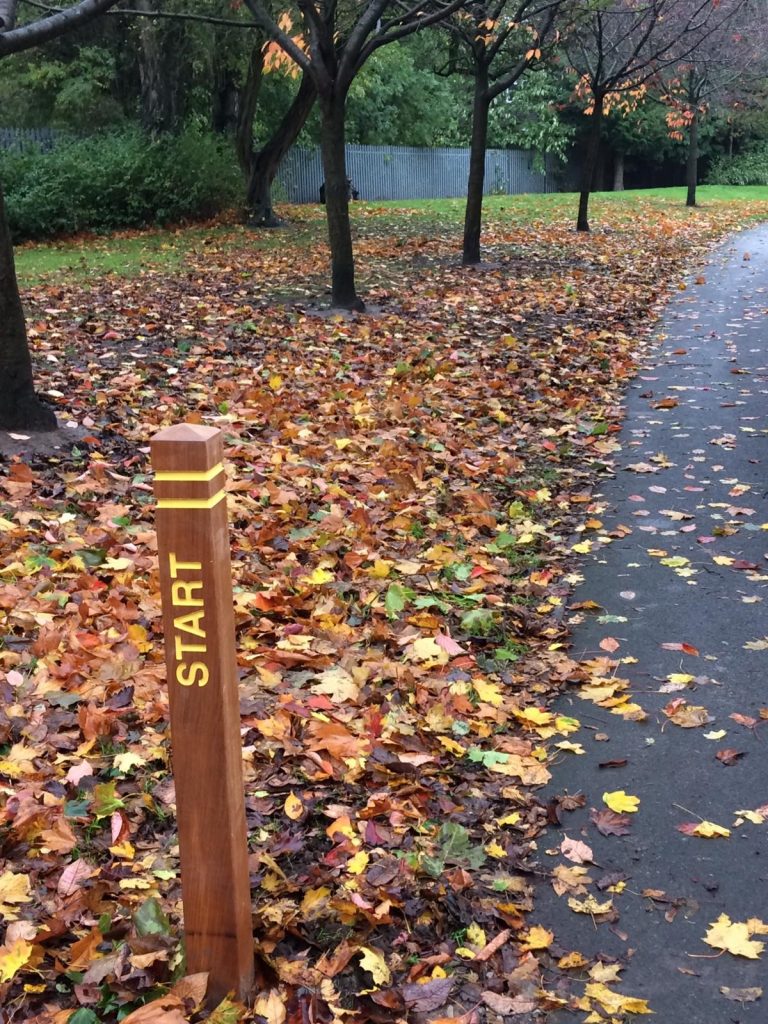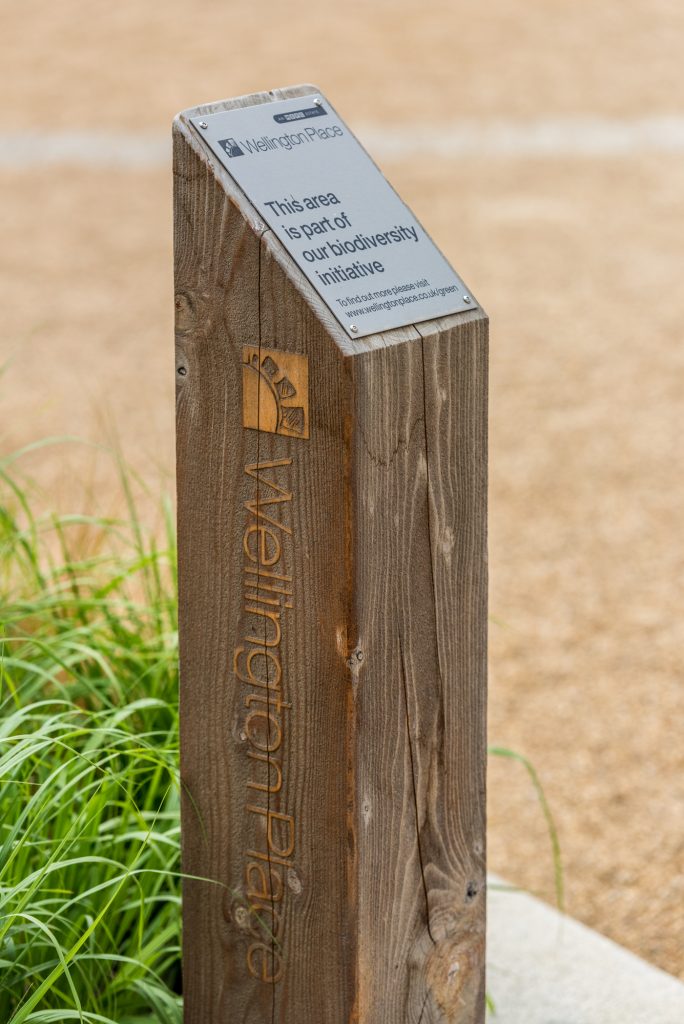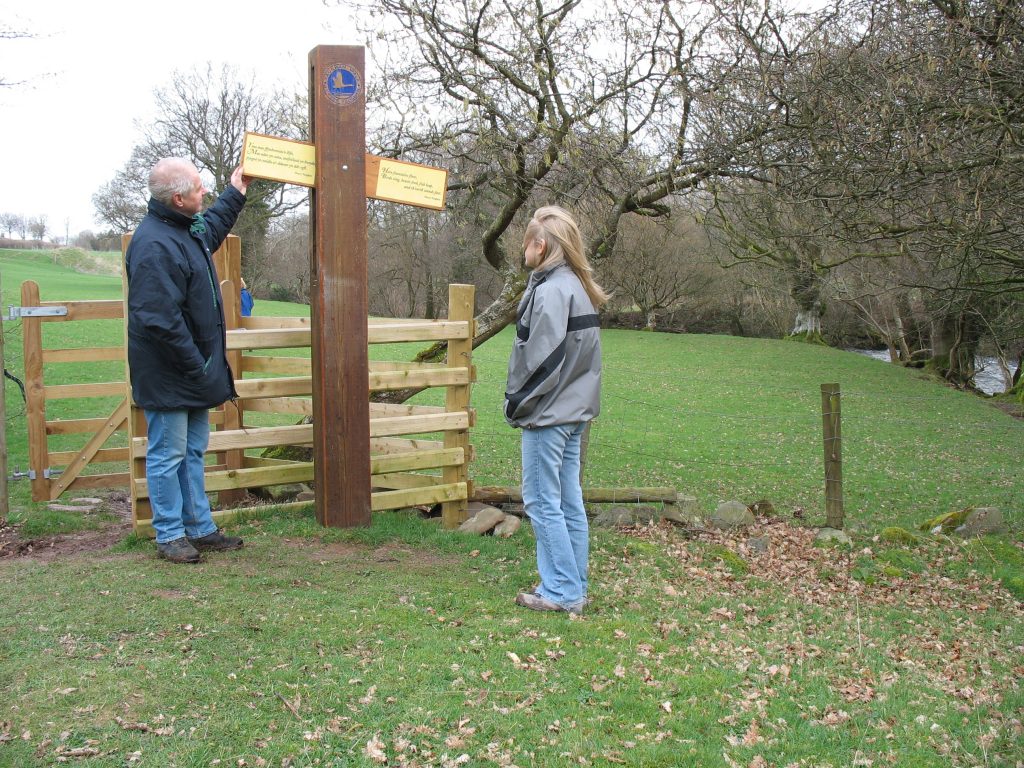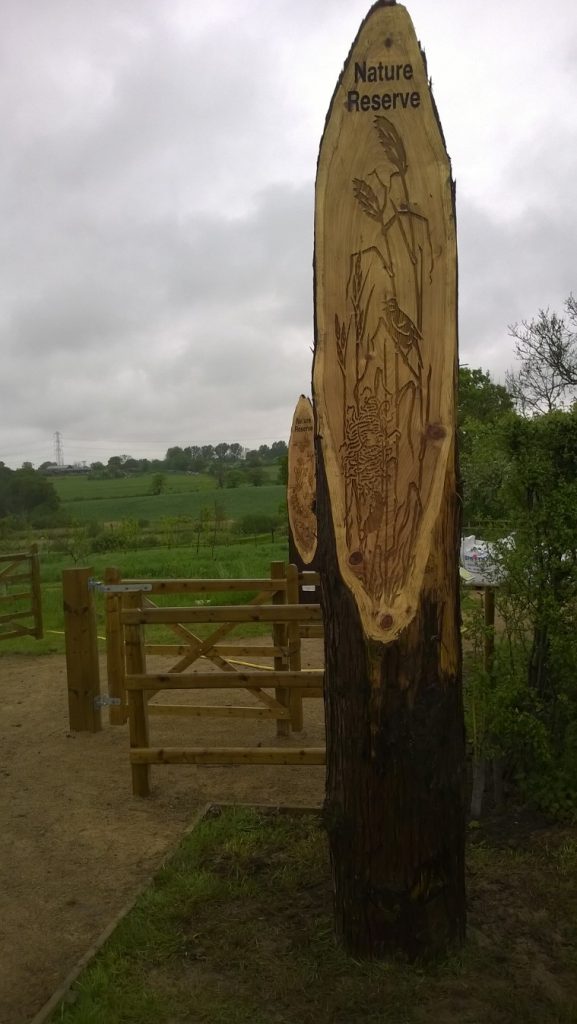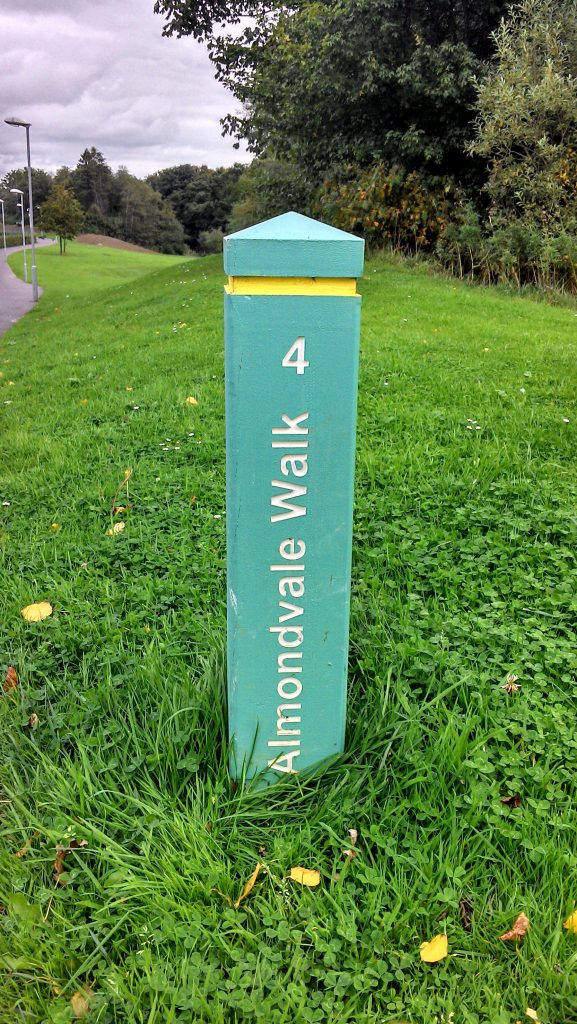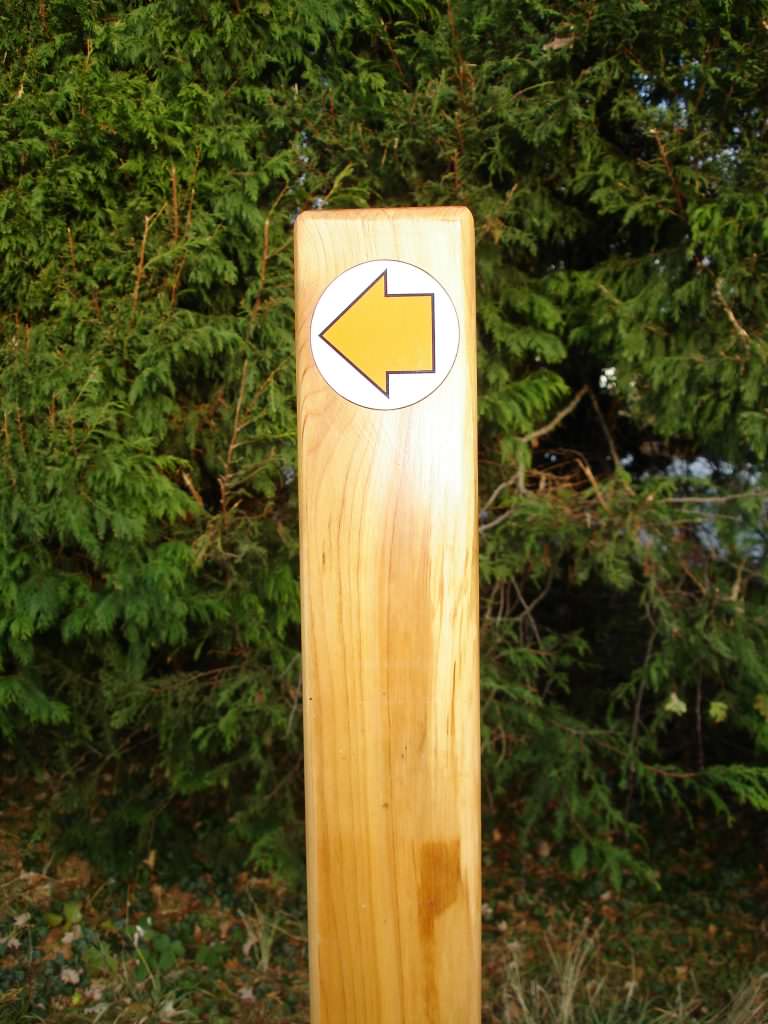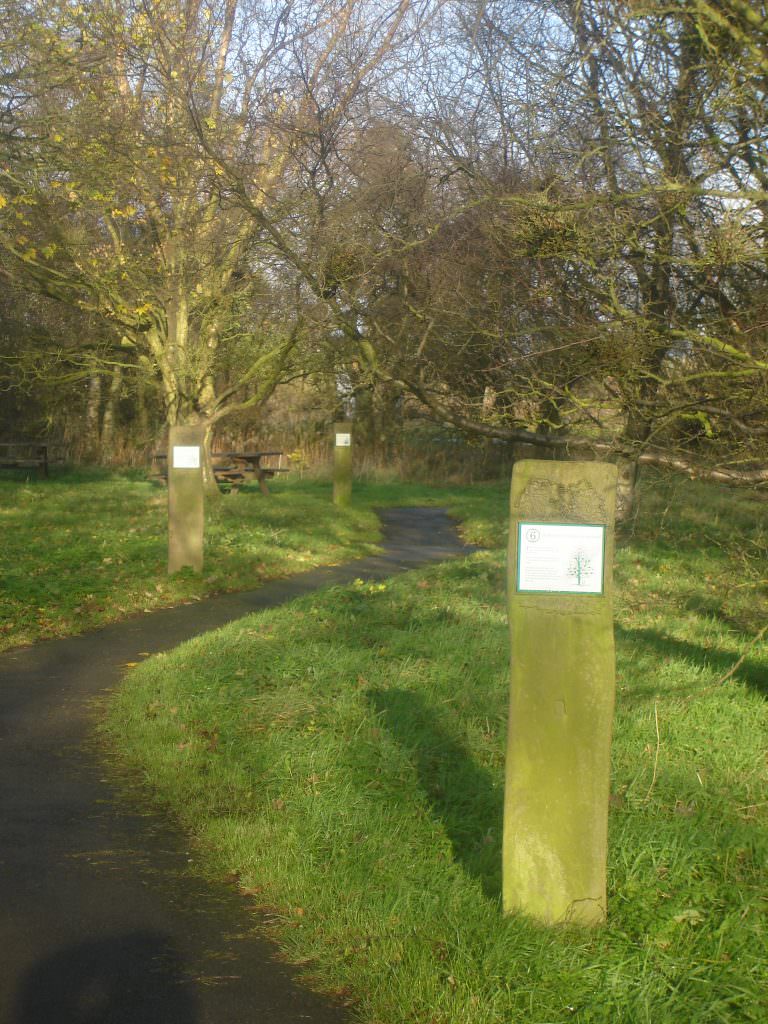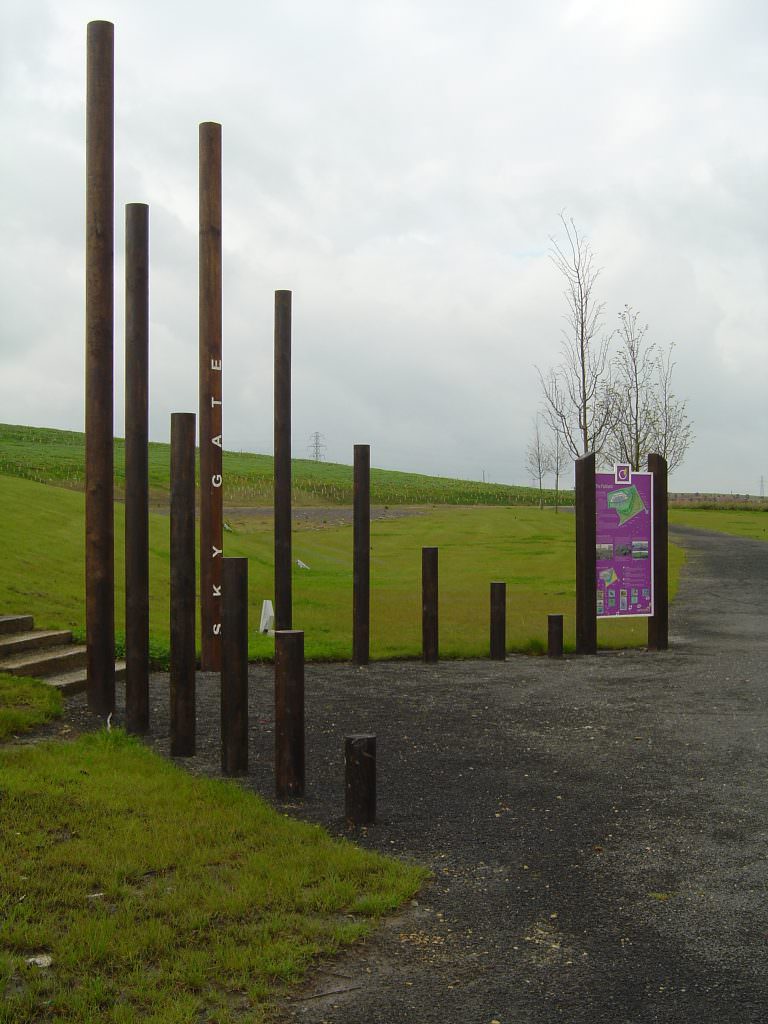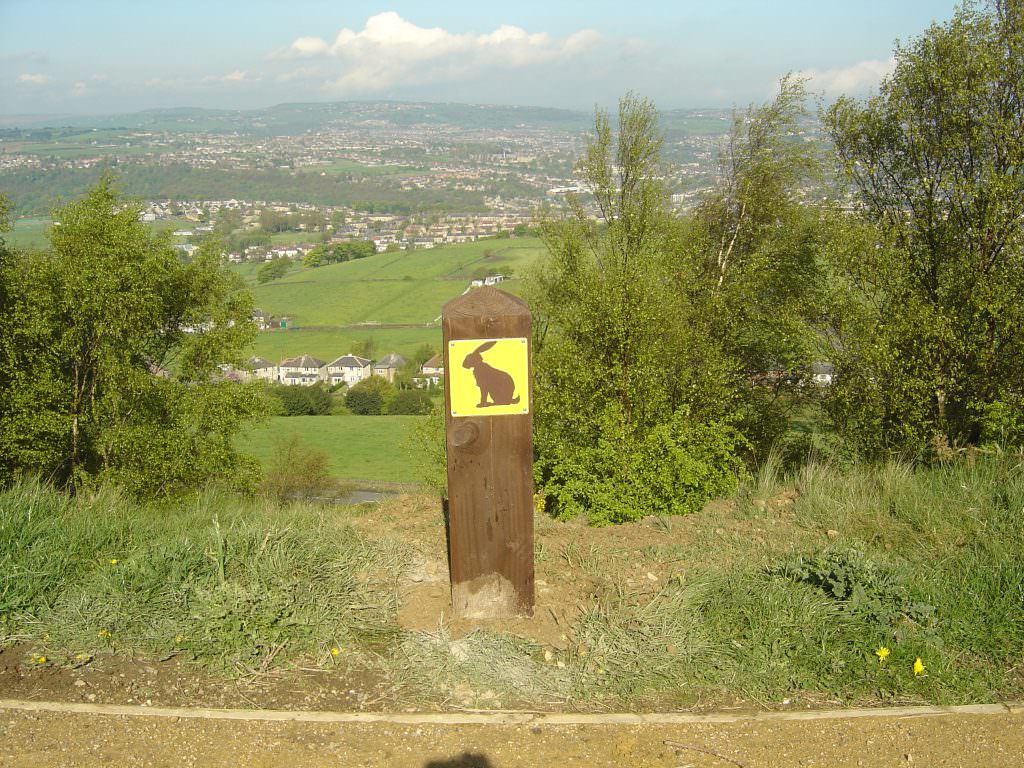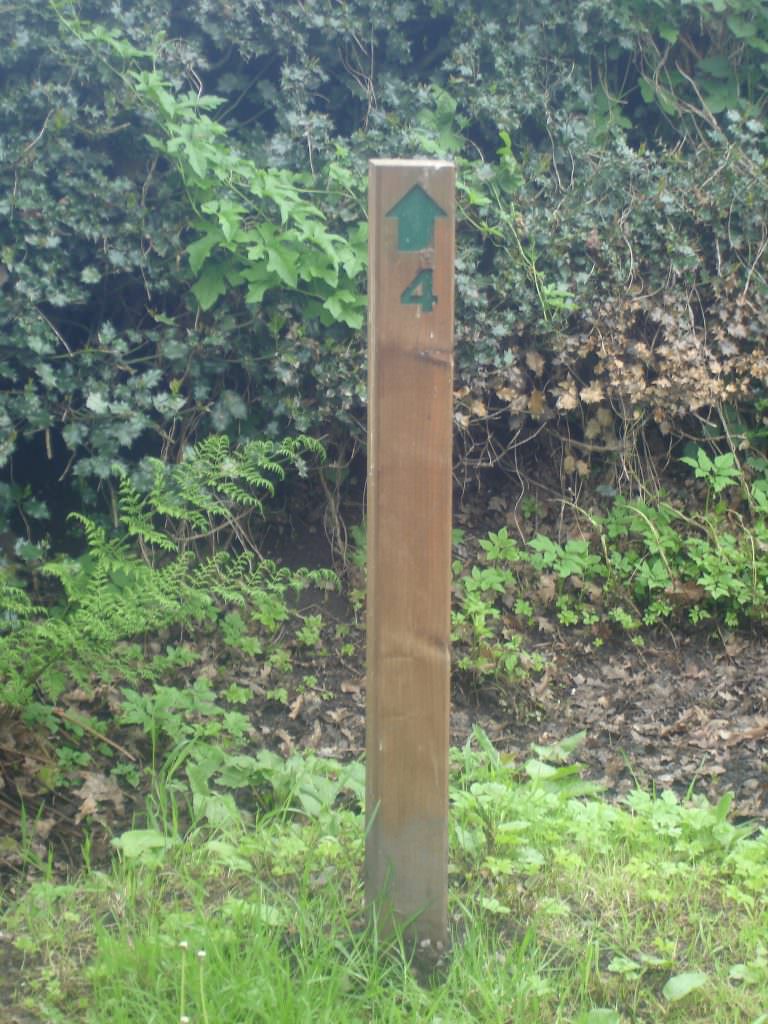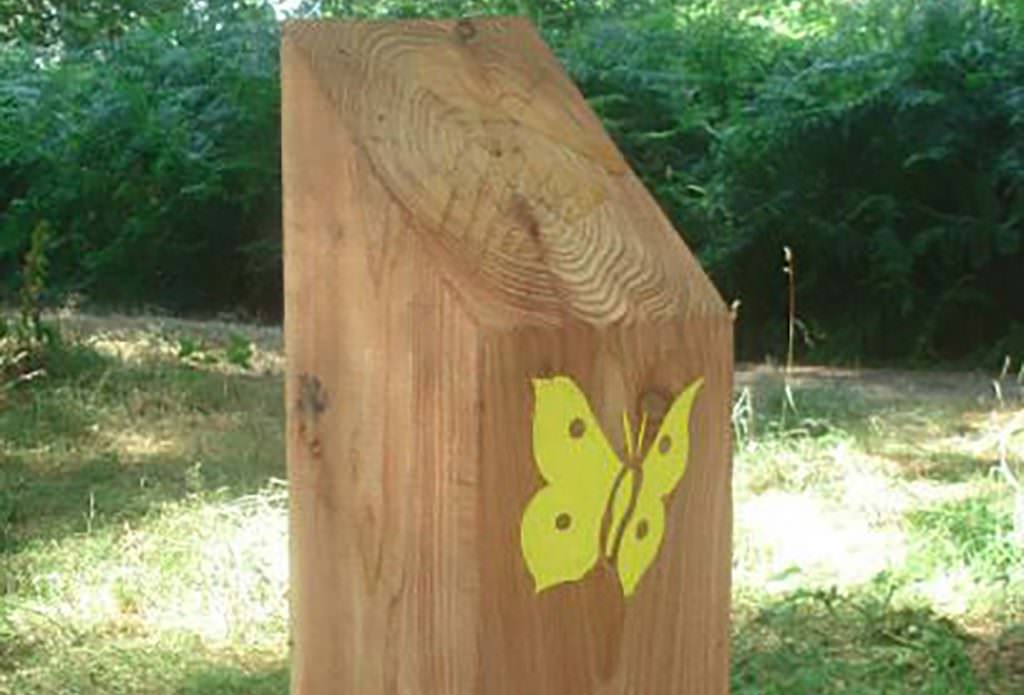Waymarker Posts
Timber Bollards are a versatile and effective way of communicating and influencing the behaviour of visitors to country parks and public open spaces. They can be discreet and very simple or large and contain a range of information including printed graphics.
The Gallery section, below, provides a useful overview of the styles available but most Bollards are made to order and are designed to match your particular requirements.
Directional bollards are normally produced in timber. They can be in oak, pressure treated softwood or recycled plastic
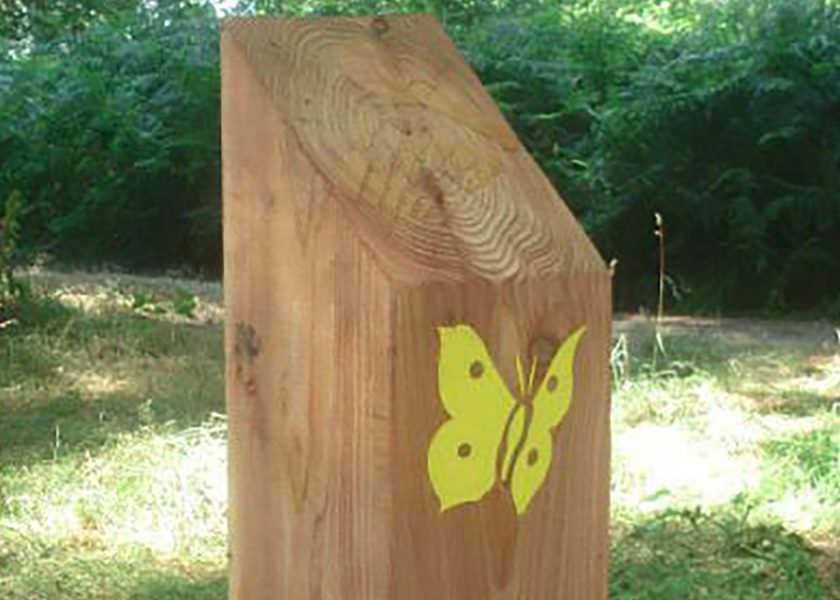
Waymarker Posts
Timber Bollards are a versatile and effective wayfinding system for communicating and influencing the behaviour of visitors to country parks and public open spaces. They can be discreet and very simple or large and contain a range of information including printed graphics.
The Gallery section provides a useful overview of the styles available but most Timber Bollards are made to order and are designed to match your particular requirements.
Directional bollards are normally produced in timber. They can be in oak, pressure-treated softwood or recycled plastic
418. This is a popular style of timber Bollard. Produced in Oak at a size of 100 x 100 x 1,200mmm above ground. The text is routed and painted. This was one of a series promoting a Fit Trail in Wolverhampton.
197 & 204. These 2 bollards act as simple directional tools for visitors to public open spaces. 197 is produced in Oak with a printed waymarker disc, 204 is produced in pressure-treated softwood with a routed arrow and number.
413. This tall bollard at 100mm square included content about the Trail – the trail name, logo, place number and directional arrow. Produced in treated softwood for Marbury Country Park.
417. This information bollard was produced in pressure-treated softwood. It included sandblasted graphics on the post and a printed plaque giving information about the Biodiversity.
412. A large tree trunk with sandblasted graphics. This is larger than most bollards but produces a highly distinctive entrance feature. This example was supplied to Chester Zoo.
414. This large timber bollard was produced in treated softwood and included a drop-down interpretation panel. A very effective way to create low-key interpretation. Supplied to the Brecon Beacons.
411. This was one of a series of painted bollards supplied to West Lothian Council. They included routed text, and were produced in treated softwood with fire-retardant paint. To help visitors follow a walk around the park.
415. This large Bollard for Offa’s Dyke was produced in Oak. At a size of 200 x 200 x 2800mm it is not to be missed in the ground. The bollard included routed graphics and printed interpretation panels.
205 & 241. These 2 timber bollards were produced in pressure-treated softwood. At 300mm square and 1,200mm above ground, they make a substantial feature that can direct or inform visitors or act as a traffic barrier. These bollards are large enough to contain sandblasted or printed graphics to suit your objectives.
416. A good example of a bollard produced in recycled plastic. These can work well in both urban and rural park environments. The images are routed in plastic and painted. A tough and robust bollard that will not weather down over time.
207. The staggered height of these treated softwood bollards together with routed text on some of the units creates a distinctive and dramatic entrance feature to a country park.
208. While most directional bollards in parks are produced in square timber this is a good example of a round bollard. Produced in pressure-treated softwood together with a sandblasted image on the post
81. These bollards in the North York Moors National Park are a good example of combining timber bollards with printed interpretation panel. Each printed panel is A4 in size and mounted onto sandblasted Cedar bollards, decorated with natural history illustrations.
Sizes vary depending on style, nature of the site and other items you are looking to match. The most common style of bollard is 100mm square and usually 1.6 metres high. With 600mm in the ground this allows 1m above ground.
Typical finishes for these bollards include:
- Weathered or angled tops, usually 1 or 4-way tops,
- Routed bands to indicate routes, these are usually coloured
- An area to display printed waymarker discs, sometimes a recessed area
- Logos, numbers, and crests routed or printed into the timber
We have also produced big chunky bollards, often at about 300mm square. These frequently:
- Have a single-way weathered top
- Include tactile sandblasted graphics on the angled top or vertical face – these can be route information or decorative, sandblasted illustrations
- Display full colour printed graphics – simple maps or snippets of interpretive information are popular choices
These tend to recommend producing these big bollards in treated softwood, as, in oak they are terribly heavy to handle and install.
